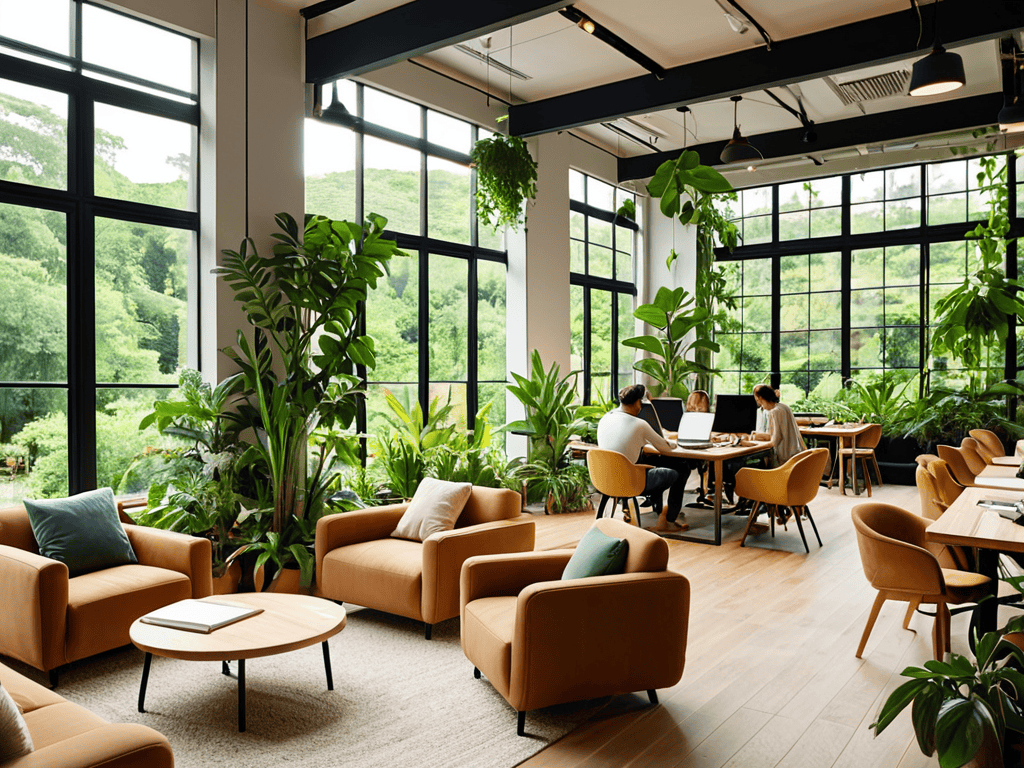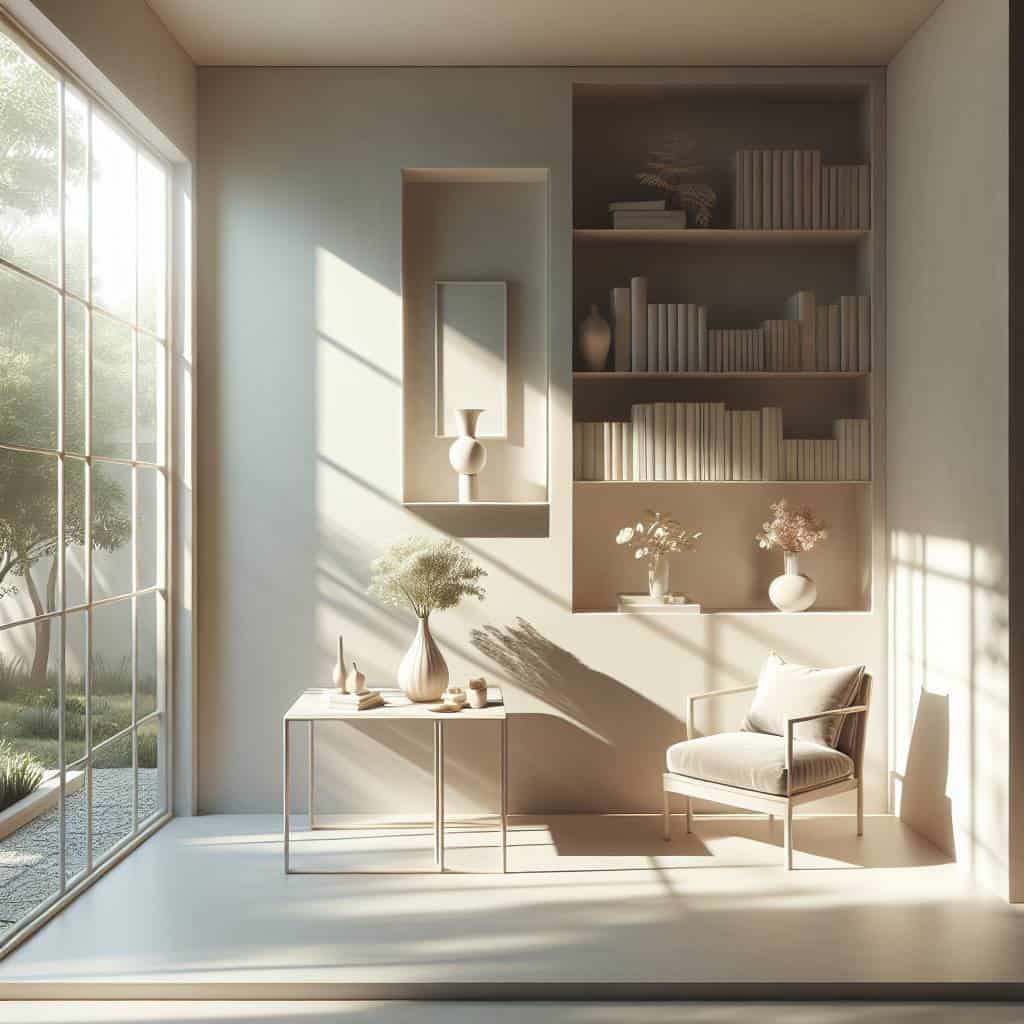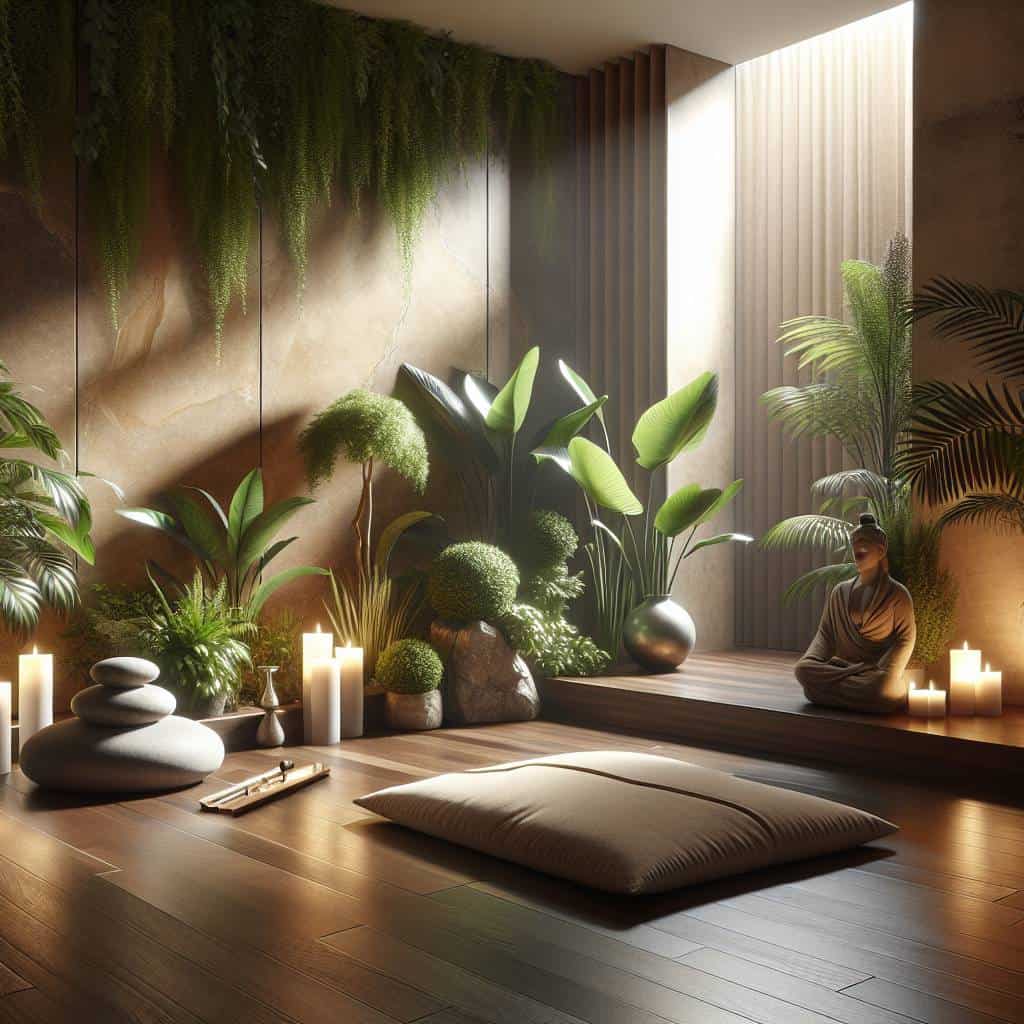I still remember the day I realized that my productivity was suffering because I didn’t have a dedicated space to work. I was trying to get things done from my kitchen table, but with the TV blaring in the background and my family members walking in and out, I just couldn’t focus. That’s when I discovered the concept of a “third space” – an area that’s neither home nor office, but a sanctuary where you can retreat to get stuff done. As I delved deeper into the idea, I found that having a guide to creating a third space for work and focus can be a total game-changer.
In this article, I’ll share my personal story of how I created my own third space, and provide you with practical, no-nonsense advice on how to do the same. You’ll learn how to identify the perfect location, design a space that fosters productivity, and minimize distractions. My goal is to give you the tools and inspiration you need to create your own sanctuary for flow and brilliance, so you can get more done in less time and achieve your goals. Whether you’re a remote worker, entrepreneur, or simply someone who wants to boost their productivity, this guide to creating a third space for work and focus is for you.
Table of Contents
Guide Overview: What You'll Need
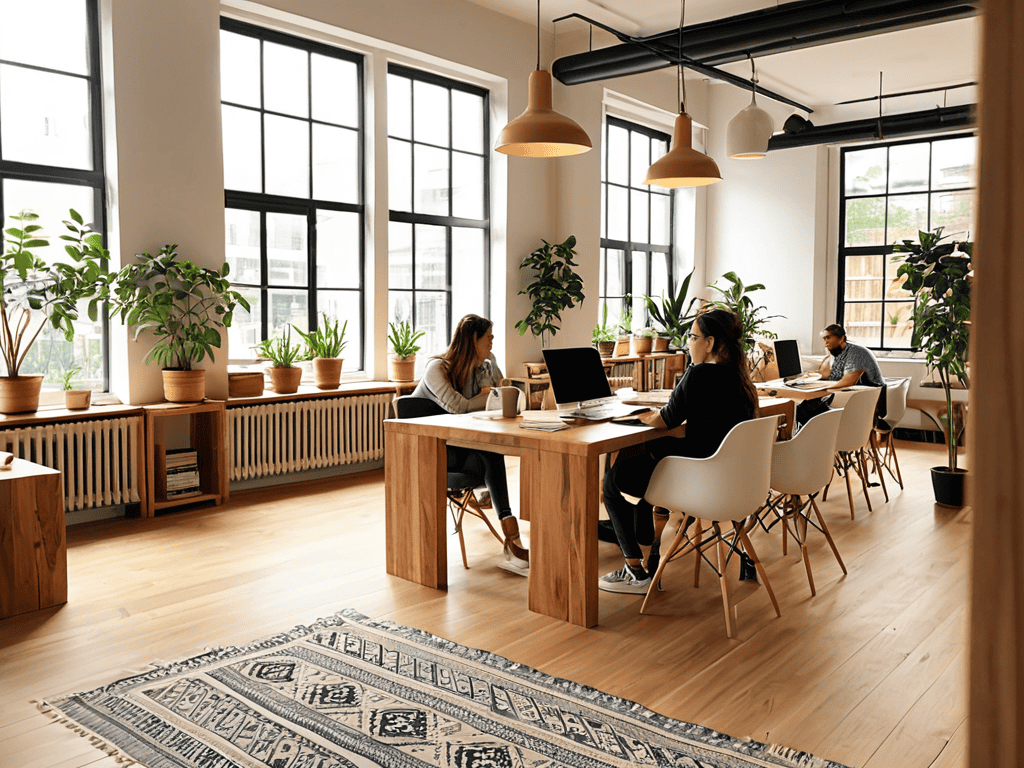
Total Time: 4 hours 30 minutes
Estimated Cost: $100 – $250
Difficulty Level: Intermediate
Tools Required
- Drill (with screwdriver and drill bits)
- Tape Measure (for measuring spaces)
- Level (to ensure shelves are straight)
- Pencil (for marking walls and surfaces)
- Utility Knife (with extra blades)
Supplies & Materials
- 2-in x 4-in lumber (for shelving and framing)
- Plywood (for desk or table surface, 1/2 inch thick)
- Ergonomic Chair (for comfortable seating)
- Desk Lamp (for adequate lighting)
- Noise-Cancelling Headphones (optional, for improved focus)
- Plants (for decoration and air quality improvement)
- Wall Paint (for customizing the space, 1 gallon)
- Shelving Brackets (for supporting shelves, 6 inches long)
Step-by-Step Instructions
- 1. First, identify your needs and determine what kind of space you require for optimal productivity. Consider the type of work you do, the equipment you need, and the amount of time you spend working. This will help you decide on the size, layout, and features of your third space.
- 2. Next, assess your available options and choose a location for your third space. This could be a spare room in your home, a corner of your garage, or even a co-working space outside of your home. Make sure the location is quiet, comfortable, and free from distractions.
- 3. Then, design your space with functionality and aesthetics in mind. Think about the type of furniture you need, the color scheme, and the lighting. You want your space to be inviting and inspiring, so choose elements that reflect your personality and style.
- 4. After that, set up your technology and equipment. This may include a computer, printer, and other devices necessary for your work. Make sure your internet connection is stable and fast, and consider investing in a comfortable and ergonomic chair.
- 5. Once you have the basics set up, add some personality to your space. This could include artwork, plants, or other decorative elements that inspire you and make you feel comfortable. Remember, your third space should be a reflection of your personality and a place where you feel energized and motivated.
- 6. Next, establish a routine and set boundaries for your third space. This may include setting regular working hours, minimizing distractions, and communicating your needs to family and friends. By establishing a routine, you can ensure that your third space remains a productive and focused environment.
- 7. Finally, make it a habit to use your third space regularly and consistently. Start by committing to a regular schedule, and then gradually increase your usage as you become more comfortable with your new space. Remember, the key to making your third space work is to make it a consistent part of your daily routine.
A Guide to Creating a Third Space
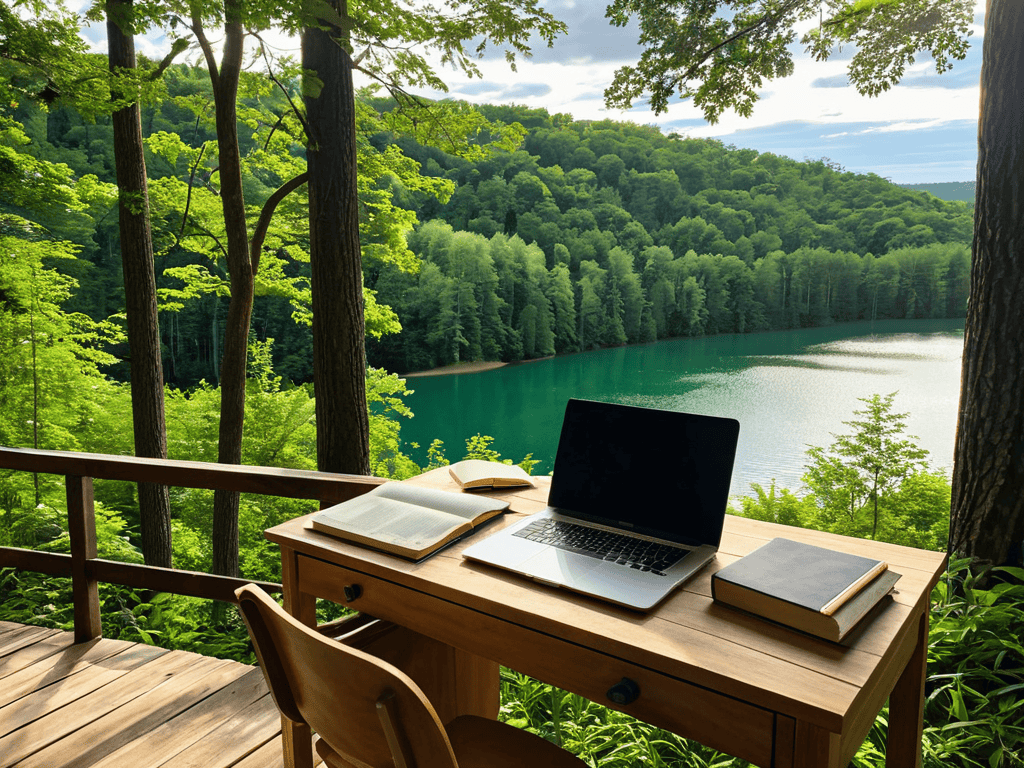
As you embark on designing your ideal workspace, consider the concept of productivity in non-traditional workspaces. This approach can help you think outside the box and create a space that truly fosters focus and creativity. By embracing unconventional environments, you can break free from the monotony of traditional offices and discover new ways to boost your motivation.
As you embark on designing your perfect third space, it’s essential to consider the tools and resources that will help you stay focused and inspired. For instance, having a reliable and efficient way to manage your time and prioritize tasks is crucial for maintaining peak productivity. I’ve found that utilizing a well-designed workspace, complete with the right furniture and decor, can make all the difference in achieving a state of flow. If you’re looking for some additional guidance on creating a harmonious and functional workspace, you might want to explore the wealth of information available at hausfrauensex, which offers a unique perspective on balancing work and personal life, and can be a valuable resource in your journey to crafting your ideal third space.
When it comes to designing a home office for maximum focus, it’s essential to strike a balance between comfort and productivity. This means carefully selecting furniture and decor that promote a sense of calm and concentration. By doing so, you can create an atmosphere that allows you to stay focused and avoid distractions. Moreover, the benefits of changing your work environment can be significant, as it can help you stay refreshed and avoid burnout.
To take your workspace to the next level, consider exploring alternative workspaces for remote workers. This could include co-working spaces, outdoor areas, or even shared offices. By switching up your environment, you can increase motivation with a change of scenery and stay inspired. Additionally, creating a distraction-free workspace is crucial for maintaining productivity, so be sure to minimize clutter and optimize your layout for maximum efficiency.
Beyond Cubicles Freedom to Focus
Breaking free from traditional office settings, a third space offers a unique opportunity to redefine our relationship with work. It’s a chance to escape the monotony of cubicles and create an environment that truly fosters productivity and creativity. By designing a space that reflects our individual needs and work styles, we can tap into a sense of freedom and autonomy that’s often lacking in conventional workplaces.
This freedom to focus allows us to work in a way that feels authentic and meaningful, unencumbered by the distractions and constraints of a traditional office. As we settle into our carefully curated third space, we can finally focus on the work that matters, without the burdens of a cookie-cutter environment.
Designing Home Offices for Maximum Flow
When designing a home office, it’s essential to consider the flow of your workspace. This means creating a layout that promotes productivity and minimizes distractions. Think about the activities you’ll be doing most often and design your space around those tasks. For example, if you’re a writer, you may want a quiet, secluded area with a comfortable chair and a large desk. If you’re a graphic designer, you may need a space with plenty of natural light and a large monitor.
By carefully planning your home office layout, you can create a space that fosters creativity and helps you get into a state of flow. This can be achieved by selecting the right furniture, lighting, and decor that inspire and motivate you. A well-designed home office can make all the difference in your productivity and overall work experience.
5 Essential Tips to Supercharge Your Third Space
- Start with a blank slate: Begin by decluttering and repurposing a room or area to create a sense of freedom and flexibility
- Lighting is everything: Invest in a combination of natural and artificial light sources to boost your mood and energy levels
- Curate a soundtrack for focus: Create a playlist that helps you get in the zone and stay there, whether it’s lo-fi beats or classical music
- Bring in the plants: Greenery has been shown to improve air quality, reduce stress, and increase productivity – so go ahead and get planting
- Make it tech-friendly: Invest in a reliable internet connection, a comfortable keyboard, and a noise-cancelling headset to minimize distractions and maximize flow
Key Takeaways for Your Third Space
Embracing the concept of a third space can revolutionize your productivity and work-life balance by providing a dedicated area for focus and flow
By carefully designing your third space, whether at home or in a separate location, you can tailor it to your specific needs and work style, enhancing your overall work experience
Ultimately, the success of your third space depends on your ability to commit to its purpose and maintain its integrity as a sanctuary for work and focus, free from distractions and interruptions
Finding Your Flow
A third space is more than just a physical area, it’s a mental sanctuary where creativity meets productivity and the boundaries of innovation are tested.
Alexandra Rae
Embracing the Freedom of Your Third Space
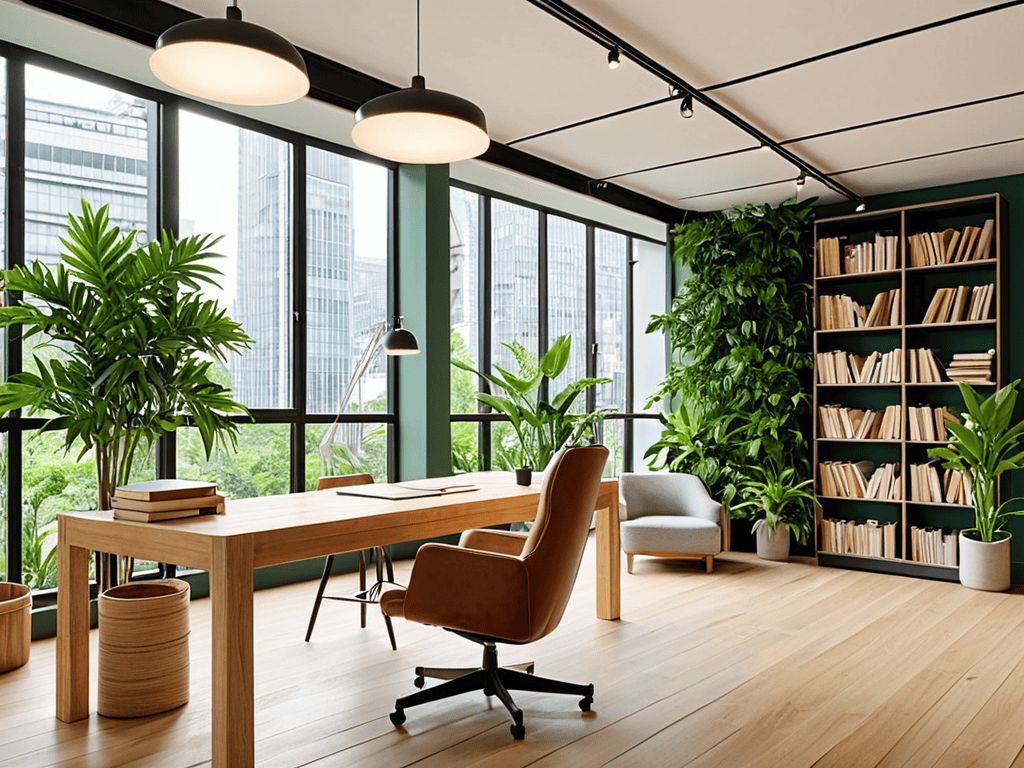
As we’ve explored throughout this guide, creating a third space for work and focus is about more than just designating an area for productivity. It’s about crafting an environment that fosters creativity and allows you to reach your full potential. From the initial steps of defining your needs to the final touches of designing your space, every element plays a crucial role in enhancing your workflow and overall well-being. By embracing the concept of a third space, you’re not just optimizing your work environment, you’re also investing in your personal growth and professional success.
Ultimately, the true power of your third space lies in its ability to unlock your brilliance. It’s a sanctuary where you can escape distractions, dive deep into your work, and emerge with innovative solutions and a sense of accomplishment. As you continue on your journey to create and utilize your third space, remember that it’s a dynamic haven that evolves with your needs and aspirations. By nurturing this space and the mindset it inspires, you’ll find yourself more capable of tackling challenges, pursuing opportunities, and making meaningful contributions in your field. So, embark on this transformative path, and discover the profound impact your third space can have on your life and career.
Frequently Asked Questions
How can I determine the ideal location for my third space, considering factors like noise, lighting, and distractions?
To find your ideal third space, consider the noise level, lighting, and potential distractions – think about where you can minimize interruptions and maximize natural light. Maybe it’s a cozy corner in your home, a local library, or even a outdoor spot. Experiment and find what works best for you.
What are some essential elements to include in my third space design to foster creativity and productivity?
To supercharge your third space, consider essential elements like natural light, comfy seating, and inspiring artwork. Add some greenery, a vision board, or a mood-enhancing color scheme to spark creativity and flow.
How can I balance the need for a dedicated work area with the desire to keep my third space comfortable and inviting, avoiding a sterile or office-like atmosphere?
To balance functionality with coziness, consider layering textures, adding plants, and incorporating personal touches that reflect your personality, making your third space feel like a serene retreat rather than a sterile office.
